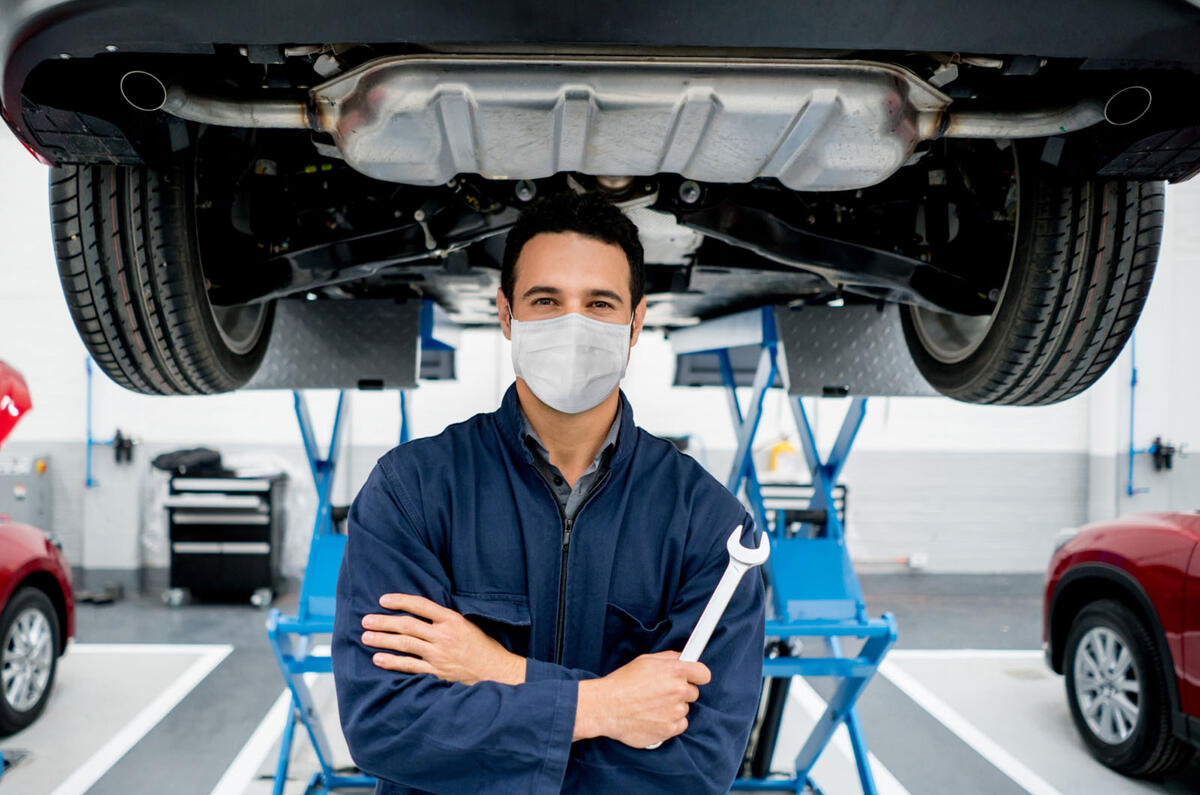"The independent aftermarket sector is the UK's largest provider of affordable mobility."
And you were thinking motor factors just sell wiper blades, oil filters and spark plugs. But that's Mark Field's point, of course. The chief executive of the Independent Automotive Aftermarket Federation (IAAF) believes it's their ability to source and sell these and other essential car parts at competitive prices that helps make motoring affordable for millions of people.
According to estimates by the Society of Motor Manufacturers and Traders (SMMT), the sector is worth approximately £28 billion and employs around 350,000 people in the UK.
In recent years, there has been massive consolidation, with groups such as GSF Car Parts swallowing up small to medium-size concerns. Itself bought by Parts Alliance Group in 2015 (the group was renamed GSF Car Parts in 2021), today GSF has 180 stores across the UK employing 3000 people and has an annual turnover of £330 million.
Not that turnover alone impresses Adam Ince, the company's sales and marketing director. "These days, an increase in turnover can be due to inflation, which recently has been well into double digits," he said. "For me, volume is the yardstick; and on that measure, we're increasing our market share."
Besides acquisition, one reason for that is the UK's ageing vehicle parc. According to the SMMT, in 2021 the average age of a UK car was 8.4 years, the highest figure since records began in 2000. Almost 10 million cars from 2008 and earlier were still on the road while nine million cars – almost a quarter of those registered – had done more than 100,000 miles. For companies such as GSF, all these older, more well-used vehicles add to the demand for spare parts.








Join the debate
Add your comment
What is striking is the churn of brands and ownership in the aftermarket - possibly due to long established brands failing due to excess inventory of older parts. There seems to be a lot of US interest in buying up UK chains. Sourcing from China isn't just an issue of availability - it is no longer a Low Cost Country. Another factor is today's ease/speed of identifying the correct part through online lookup via registration number, etc. Due to Brexit we seem to have lost the price and delivery time benefits of buying from distributors in Germany, Poland, etc.